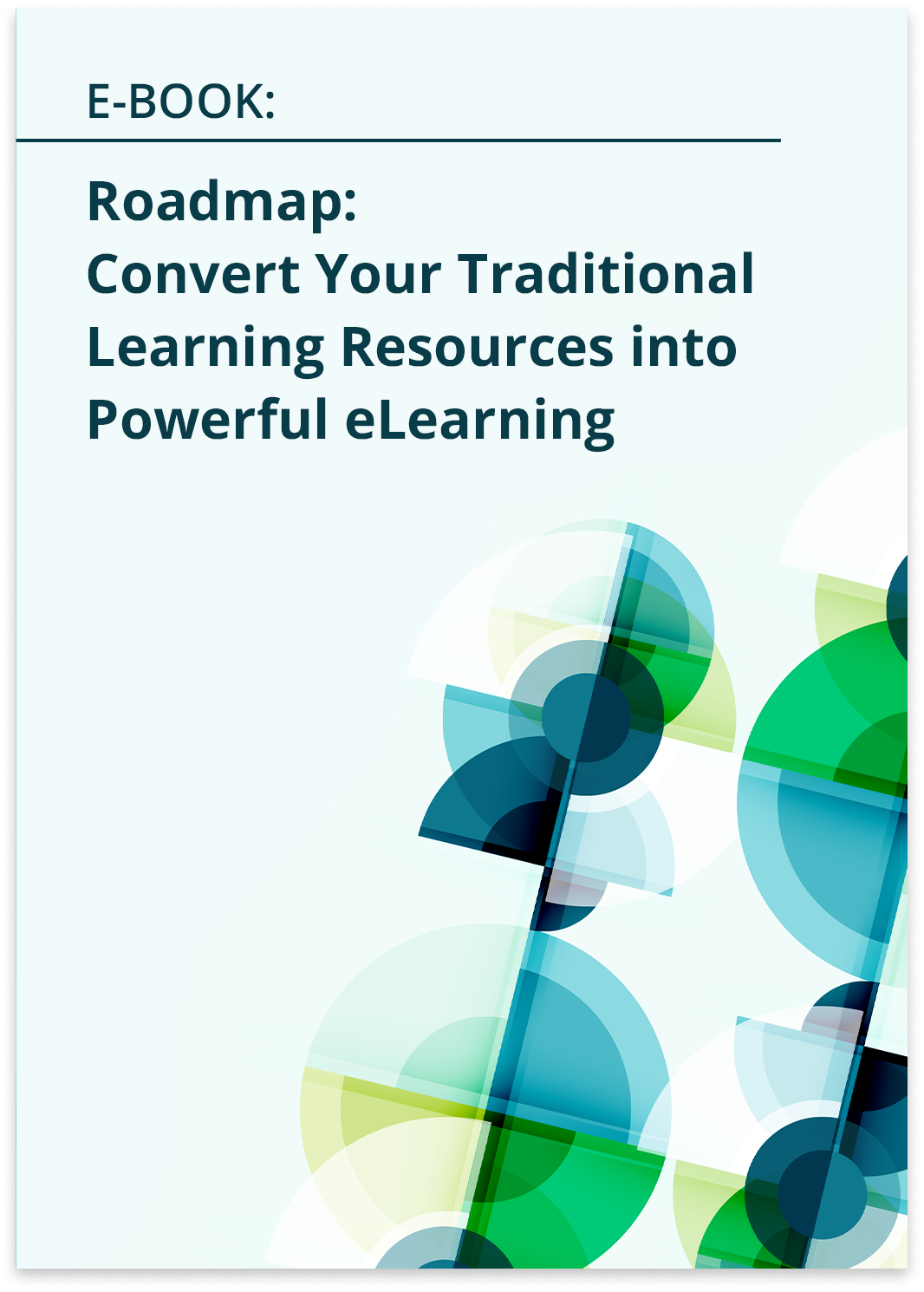
If you have completed undergraduate coursework in another country, you can transfer graduate school credits to a new institution. To transfer graduate school credits, please complete a request for transfer credit at the new institution. This form may be titled Transfer of Graduate Credit, and it will ask for specific details about your coursework. Send this form along with your official transcript, recommendation letter, and winning personal essay. Next, wait for the approval of your school.
Transfer credit must be at the graduate level
A student can only be eligible for transfer credit if they have completed a graduate level course of study at another institution. It must be completed within six years of the completion at CWU of the graduate-level degree. Before completing graduate school, students should review all transfer credits. Transfer credit requests should be approved only by the department heads. All credits must be listed in the official course filed with SGSR. A transcript must also be submitted to SGSR.

Only graduate-level classes count towards a PhD. Students must take 30 graduate-level credit hours for the Master's Degree, and seventy-five credits for the Doctorate. Graduate-level courses are typically B or higher. The type of course and the relevance of the course to the program will determine the amount of transfer credit that is accepted. In most cases, it is best to ask for approval for transfer credit prior to admissions or when you apply.
It doesn't have an expiration date
Transferring graduate schools is possible if your advisor leaves or moves to another institution. You can then finish your degree at the new school while you live there and complete your thesis. You can also transfer graduate schools when you are already in residence at the new school. You don't need to apply for the same degree twice. But, if your advisor doesn't want to let you transfer, you can't always complete your thesis or dissertation there.
After you have chosen a school to study at, you must complete the transfer process. This requires you to obtain an official transcript of your old school. This document will be needed to prove course completion. This process can take a few days. Before you can start your program, you will need to order an official transcript form your old school. This transcript is required for transfer of graduate credits. Remember that it may take several weeks for your transcript to arrive.
It must be at or above the 4000 level
Undergraduate courses are generally numbered from the 1000 level up to the 5000 level. Graduate schools cannot transfer undergraduate courses that are not at the 5000-level or higher. Similarly, undergraduate courses at the 3000 level can only be transferred to graduate schools if they are taken by graduate students. In Florida, a course must be at the 5000 level or above to transfer to a graduate school.

Students who are transferring from an undergraduate institution should note that graduate credit cannot be transferred if the course is not at the graduate level. Students must earn a minimum of a B in the course. Remember that undergraduate courses cannot be transferred if they are below the 3000 level. Moreover, the transfer credits are not cumulative, and if you are applying to a graduate program with a previous degree, you must check whether the university accepts your transfer credit.
FAQ
What should an eLearning program look like?
Your eLearning course must be designed so that learners can interact with it.
This means that the design should be easy to use and that the content must be clearly presented.
This also means that content must be engaging and interesting.
To ensure that your eLearning course meets these requirements, you need to focus on three things:
Content
The first thing you need to decide is what content you want to include in your eLearning course. You must decide how long each section should be. For example, if your goal is to teach someone how writing letters, then you should decide how much time to devote to each topic.
Navigation
The second crucial decision is how you want your learners navigate through your course. Do you want your learners to navigate through the course one page at a time? Do you want them to skip to the most important parts?
Design
Finally, you need to decide how you want your course to appear. This includes deciding the time it will take each screen to load, and the size of the font. You will also need to decide whether graphics should be included (such pictures).
Once you've made all the decisions, you can test your course and see if it works.
What are some elearning tools?
Interactive media like animation, audio and video are the most effective ways to communicate learning content.
These media allow learners interact with the content directly. They increase learner engagement as well as retention.
Many online courses can be delivered via websites that include text, graphics and sound.
These courses might be free of charge, or they may cost a fee.
Here are some examples of e-learning software:
-
Online courses
-
Virtual classrooms
-
Webinars
-
Podcasts
-
Video tutorials
-
Self-paced eLearning modules
-
Interactive
-
Social networking websites (SNS)
-
Blogs
-
Wikis
-
Discussion forums
-
Chat rooms
-
Email list
-
Forums
-
Quizzes
-
Polls
-
Questionnaires
Does eLearning require an Internet connection?
It all depends what you're looking for. If it's just an online course, then no internet connection is required. However, if you are going to use any kind of interactive features such as quizzes etc., then you need access to the web.
What are the differences between e-learning? What are their goals?
There are three major types of elearning:
-
Content delivery – This type is e-learning that provides information to students. There are many examples, including lesson plans and textbooks.
-
Instructional design - This type of e-learning focuses on helping learners develop skills. Examples include tutorials and simulations.
-
Learning management - This type of eLearning provides tools for instructors to organize and monitor student activity. Examples include virtual classrooms, discussion forums, and virtual classrooms.
What systems are used to teach e-learning courses?
E-learning, or online learning, is a method where students learn using a computer screen. It allows interactive activities like discussions, quizzes, and tests.
E-learning can also include web-based programs that allow users to access information via the internet from a computer. This program is often called "online education".
Statistics
- However, e-learning courses that are engaging, well-designed, and interesting are likely to be perceived as useful by e-learners (Roca & Gagné, 2008). (sciencedirect.com)
- Hedonism incorporates intrinsic motivation, including novelty, challenge, excitement, and pleasure (Schwartz et al., 2012), which is likely to predict user perception of e-learning enjoyment. (sciencedirect.com)
- Reliability, validity, and descriptive statistics (The Gambia). Empty CellCRAVEMeanSDACBICOEEHABHEHMPEPOPVSESITRAC0.770.635.080.842) in behavioral intention to use e-learning in The Gambia (53%) and the UK (52%), (sciencedirect.com)
- The UK sample was relatively balanced in terms of gender (56% male) compared to the Gambian group (77% male). (sciencedirect.com)
External Links
How To
How does eLearning differ from traditional teaching methods?
eLearning is a well-known technology. Many schools still teach the traditional way. But eLearning offers many advantages over traditional teaching methods. Here are some examples.
-
E-learning can be cheaper than traditional teaching methods.
-
Students can learn at their own pace.
-
Teachers don't have as much pressure to get students up and running before class begins.
-
Multiple versions can be created by teachers to teach different concepts in a course.
-
Learning can be done through chat rooms or discussion boards. Learners can also interact with one other and ask questions.
-
Learning partners can work together on projects or assignments.
-
It is possible for learners to see videos and present without leaving the classroom.
-
Online courses are available 24/7, seven days a week.
-
Learners can study from anywhere and at any time.
-
Lessons can be reviewed at any time by learners.
-
Learners can keep track of all their progress throughout the year.
-
Learners get instant feedback on how they perform.
-
Learners can complete assignments and projects at their own pace. They can also submit them later if desired.
-
Students can download files containing images, notes, and other materials.
-
You can print copies and handouts of your assignments.
-
It is possible to save money on books and supplies by purchasing them once instead of each term.
-
Studying alone can help learners learn more effectively.
-
Students can learn from others while learning the same subject.
-
Learners can collaborate and share ideas and information.
-
Reading blogs and articles can help learners learn about new topics.
-
You can search the Internet for solutions to your specific problems.
-
Learners can create their content.
-
Learners can receive help from tutors and peers.
-
Learners can make friends with other people who have the same interests.
-
Learning can help improve writing skills.
-
Learners can learn how to solve problems creatively.
-
Students can practice public speaking.